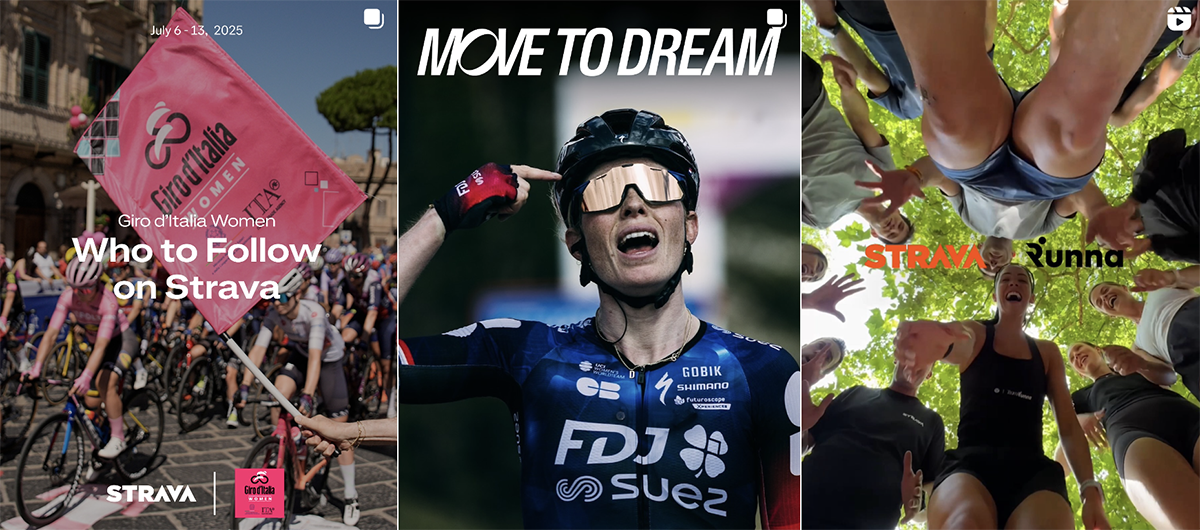Reputation Management
Effortlessly and accurately track the web and social network impact of your brand
Retour
Solutions
Reputation
Reputation Management
Effortlessly and accurately track the web and social network impact of your brand
Crisis Communication
Prepare, manage, and respond effectively to crises on social media and beyond
Leadership Advocacy
Amplify your leaders' voices to build trust and influence across key audiences
Influence
Trend Research
Uncover emerging trends to keep your brand ahead of the curve
Identifying Influencers
Find the voices that matter most to your audience and align with your brand goals
Campaign Tracking
Monitor, measure, and optimise your campaigns in real-time for maximum impact
Strategy
Competitive Intelligence
Gain actionable insights into your competitors’ strategies and performance
Industry Insights
Stay informed with real-time analysis of your industry’s landscape and shifts
Cyber Threat & OSINT
Detect and mitigate cyber threats with cutting-edge open-source intelligence
Retour
Why Visibrain
Why Visibrain
Our Coverage
The best coverage across the web and social networks
Our Technology
Our intuitive interface uses cutting-edge technology
Our Support
Our team is with you every step of the way
Featured
5 Easy Steps to choose the Right Social Listening Tool

Learn more
Retour
Clients
Our clients
Brands
Visibrain for brands
Institutions & Local Authorities
Visibrain for institutions and local authorities
Agencies
Visibrain for agencies
Success Stories
Discover how our clients use Visibrain
Client stories
How LVMH is using LinkedIn monitoring to boost its influence with Visibrain

Read the case study
Retour
Resources
Resources
Blog
Stay up to date
White Papers
Studies, industry analysis and advanced insights
Case studies
Our client stories
Help center
Guides and resources for users
Newsletter
Stay up to date with the latest Visibrain news!
Webinars
Our upcoming webinars.
Our Last Study
Fashion Month SS26: Through Instagram & TikTok

Download the full guide
Retour
About

Brands
07/10/2025

Sophie von Mensenkampff
Content Manager
You can’t scroll through social media these days without coming across Strava’s bright orange, its now-iconic GPS routes, or its instantly recognisable design. The app has become a staple for athletes, taking over Instagram feeds with striking visuals and personal stories — and even securing a strong foothold on LinkedIn.
But how has Strava managed to make such an impact across social platforms? And more importantly, how are users engaging with the brand and making it their own?
To find out, Visibrain analysed Strava’s social media strategy on Instagram and LinkedIn, along with the online conversations it generated, between December 2024 and August 2025.
The popular app is making waves on Instagram, where it has built a community of over 1.6 million followers. Its strategy revolves around inspiration and engagement. Strava leans into powerful storytelling, showcasing the unique stories of its community and the achievements of athletes, while tapping into major sporting events and cultural trends. More than just a performance-tracking app, Strava has become a space for human stories and genuine connection.
With over 1.7 million likes in just eight months , an average of more than 9,000 likes per post — Strava is clearly striking a chord on Instagram.

Strava goes beyond tracking athletic performance, it also celebrates the meaningful moments in its users’ lives. On Instagram, the app shares powerful stories, from a runner giving birth, to an unexpected encounter with a singer during a half marathon, to touching anecdotes where sport and emotion intertwine.
The focus is firmly on the human side of sport, especially during major events like marathons, where pride, achievement and tears of joy come together at the finish line.
Strava s’empare aussi des défis qui enflamment les réseaux sociaux, à l’image de celui du chanteur Rilès, qui a couru 24 heures sur un tapis de course : un exploit repris et célébré par la marque sur son compte. La publication comptabilise plus de 459 000 likes :
Strava also jumps on viral social media challenges, such as the one launched by singer Rilès, who ran for 24 hours straight on a treadmill — a feat the brand picked up and celebrated on its account. The post has racked up over 459,000 likes.
Beyond emotion, Strava also spotlights the achievements of top athletes pushing their limits around the world. Record times, legendary race victories, and extreme ultra-endurance challenges all feature prominently in the brand’s content. Among them: French athlete Mathieu Blanchard’s incredible feat at the Yukon Arctic Ultra — over 625 kilometres covered in seven days, in sub-zero temperatures. His story earned more than 77,000 likes, eight times the account’s average.
Another remarkable performance shared by Strava is that of Deo Kato, who ran for 518 days across 21 countries, a journey that received over 48,000 likes.

Strava also capitalises on major dates in the global sporting calendar, starting with the world’s biggest marathons. During the London Marathon, the brand was right at the finish line,capturing data on participants’ performances and routes, while soaking up the atmosphere alongside the supporters.
Armed with witty signs like “Do it for the kudos”, “Wave for kudos”, and “If you pass out, I will pause your Strava”, fans perfectly captured the app’s central role in runners’ lives. The post generated over 52,000 likes.
Strava also used the event as an opportunity to share dedicated content, highlighting key accounts to follow during the British race (8,267 likes) and showcasing its on-site activations, such as a giant screen promoting its partnership with the Runna app (3,276 likes).

The brand is also involved in social causes, with a particular focus on promoting women’s participation in sport. Strava partnered with a support programme providing grants to help cover childcare costs, enabling mothers to train and take part in races. Widely highlighted on Instagram, this initiative reinforces Strava’s image as a brand that cares about the everyday realities of its community. The app notably announced a $300,000 donation to the organisation For All Mothers+, a post that received over 9,500 likes.
While Instagram allows Strava to build an emotional connection with its community,celebrating achievements, human stories, and user creativity, LinkedIn offers a completely different angle. Here, the brand adopts a more professional tone, highlighting partnerships, research, subscriptions, and its strategic vision through expert interviews and thought-leadership content.
This dual approach demonstrates Strava’s ability to tailor its communication to each platform, balancing community engagement with sectorial credibility.
On LinkedIn, Strava also highlights innovation and its latest features through short, targeted posts. Updates related to subscriptions, app news — such as performance comparisons or the introduction of new fitness goals — provide content that can be shared to inform and engage its professional audience.

Popular among runners, the “Strava Fridge” trend involves sharing a performance summary from the platform by sticking it on the fridge — often after a simple outing, like picking up a bottle of water or running a small errand.
The idea is to turn an ordinary activity into an official Strava entry, usually with a humorous twist. Cyclists have also embraced the trend, sharing their own routes with hashtags like #cyclinglife or #stravachallenge, further boosting the concept’s virality on social media.
Strava’s social media success has also been leveraged by a wide range of brands and institutions.
Some, like Gymshark or Adidas, naturally fit into this sporting ecosystem, while others, such as the restaurant chain Chipotle, have found creative ways to tap into the trend. Public institutions, including the city of Vancouver and the French Gendarmerie, have also used this momentum to engage with the Strava community and boost their visibility.

To ride Strava’s wave of success, brands use a variety of content strategies. Gymshark plays with creative route designs, even recreating its logo; the French Gendarmerie taps into the “Strava Fridge” trend; while Hoka highlights its athletes’ performances and launches specific challenges on the platform.
Several brands in this space, such as Gymshark, and WeWard, are tapping into the visual and GPS aspects of Strava routes to create engaging content. Sportswear brand Gymshark, for example, mapped out a route in the shape of its logo, earning over 85,800 likes. Meanwhile, the WeWard app shared a user’s creative walking route, which racked up 10,836 likes.

The UK version of the popular dating app Tinder launched the “Tinder SoleMate” challenge on Strava, encouraging users to meet new people, and potentially their future partner. Participants had the chance to win prizes such as vouchers for a dinner date, shopping vouchers, or premium Tinder subscriptions. The post announcing the challenge received over 2,800 likes, twice the brand’s average engagement.
Original article by Marie Guyomarc’h, adapted and translated by Sophie von Mensenkampff
Newsletter
.png?width=1090&height=1330&name=CTA%20newsletter%20(1).png)